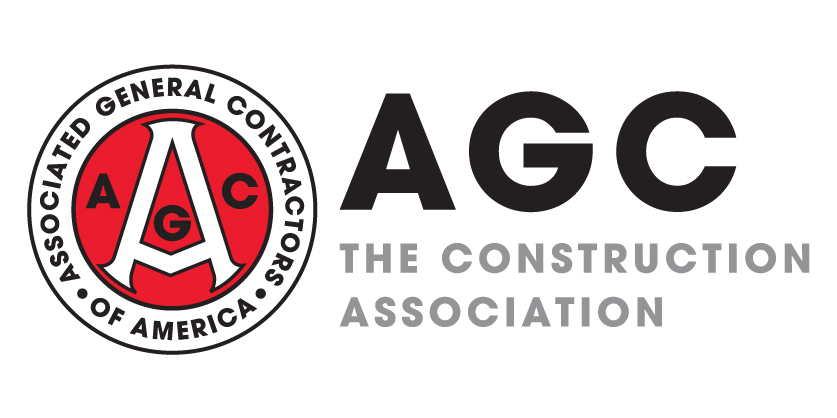
The Census Bureau on Thursday released the first round of a new emailed Small Business Pulse Survey, with 22,449 responses from April 26 to May 2, that “is intended to provide crucial weekly data on the impact of the COVID-19 crisis on the nation’s businesses.” Results are displayed as data visualizations that allow comparisons across industries, states and other metrics. Construction firms fared slightly better than the all-industry average in terms of adding to headcount during the week (6.6% of construction respondents vs. 4.2% overall) or shrinking it (25.9% vs. 27.5%), although employee hours decreased at more construction firms (53.3% vs. 51.1% overall). Supply-chain disruptions affected 42.6% of construction firms, vs. 44.9% overall. A third of construction respondents (33.8%) closed a location for at least one day, vs. 41.4% overall. Paycheck Protection Program loans were requested by 72.1% of construction firms and received by 42.6% (vs. 74.9% and 38.1%, respectively, overall). Fewer construction firms (17.4%) requested Economic Inquiry Disaster Loans and 5.4% received them (vs. 29.3% and 10.1%, respectively, overall). Construction firms were more likely to report “little or no effect on…usual level of operations” (10.7% vs. 6.7% overall) or a return to usual level within one month or less (6.9% vs. 3.9%) or 2-3 months (30.6% vs. 24.1%).
Two firms that track the value of construction starts, and report the full value of projects in their start month, reported sharp declines in April. Starts declined 25% from March to April at a seasonally adjusted annual rate, Dodge Data & Analytics reported on Thursday. Nonresidential building starts fell 37% from March, “the lowest monthly reading since early 2014. April’s decline was much sharper than any single month-to-month drop seen during the Great Recession….Residential building starts moved 25% lower in April [as] single-family starts dropped 21%, while multifamily starts lost 36%.” Nonbuilding construction starts declined “just 5% due to strong activity in streets and bridges.” The value of construction starts, not seasonally adjusted, plunged 32.5% y/y in April from April 2019, ConstructConnect reported on Thursday, with nonresidential building starts down 33%, residential starts down 36% and civil starts down 27%.
“The Dodge Momentum Index moved 6.0% lower in April…from the revised March reading,” Dodge reported on May 7. Dodge says the index “is a monthly measure of the first (or initial) report for nonresidential building projects in planning, which [has] been shown to lead construction spending for nonresidential buildings by a full year. Both components of the Momentum Index pulled back during the month—the commercial component fell 7.6%, while the institutional component dropped 3.2%....Planning activity clearly downshifted, although that downshift has not been fully realized in the published index since the Momentum Index is a three-month moving average. This sets the stage for an even weaker reading when the May data is released in June.”
On Wednesday, the Bureau of Labor Statistics (BLS) posted producer price indexes (PPIs) for April, calculated from prices gathered around April 10. AGC posted tables showing PPIs relevant to construction. The PPI for inputs to construction—a measure of both goods (55%) and services (45%) used in every type of construction—slid 2.9% from March to April, reflecting the sudden decline in demand for many items, and fell 4.1% year-over-year (y/y) from April 2019 to April 2020. Those were the largest one- and 12-month declines since the series began in December 2014. The goods input series, which dates to June 1986, also had its largest-ever monthly decrease, -4.4%, and the largest y/y decrease since 2009, -7.3%. The PPI for energy inputs to construction plummeted 35% for the month and 52% y/y. The PPI for nonenergy goods inputs declined 0.4% for the month but increased 0.5% y/y; t he index for services inputs fell 1.0% from March and was flat y/y. Items important to construction with large 1- or 12-month changes include: diesel fuel, down 28% for the month and 48% y/y; copper and brass mill shapes, -4.3% and -12%, respectively; aluminum mill shapes, -4.5% and -12% steel mill products, -1.0% and -11%; and lumber and plywood, -6.1% and -4.1%. The PPI for new nonresidential building construction—a measure of the price that contractors say they would charge to build a fixed set of buildings—increased 0.5%, not seasonally adjusted, from March and 2.9% y/y, the smallest y/y rise since October 2017. Increases in PPIs for subcontractors’ new, repair and maintenance work on nonresidential buildings were closely bunched: 2.2% y/y for concrete contractors, 2.6% for plumbing contractors, 2.7% for electrical contractors and 3.2% for roofing contractors.
There were 243,000 job openings in construction, not seasonally adjusted, at the end of March, down 31% from the March 2019 total of 354,000, yet still the second-highest March total in the series’ 20-year history, BLS reported on Friday in its latest Job Openings and Labor Turnover Survey (JOLTS) release. Construction firms hired 380,000 employees in March, 8.6% more than the March 2019 total of 350,000 and the most for March since 2010. Layoffs and discharges more than tripled y/y, from 156,000 in March 2019 to 589,000, eclipsing the previous record for any month (535,000 in January 2009). Quits declined by 21% y/y, from 133,000 in March 2019 to 105,000, the lowest March total since 2015. The huge jump in layoffs and decline in openings while hires increased indicates how abruptly the market collapsed over the course of the month. BLS noted, “The [JOLTS] reference periods…are the pay period that includes the 12th of the month for employment, the last business day of the month for job openings, and the entire calendar month for hires and separations. The JOLTS program does not estimate employment, but does collect employment during the collection process to validate reported job openings, hires, and separations. Employees who are laid off from their job at any time during the month are reported in the layoffs and discharges measure, and in total separations.”




